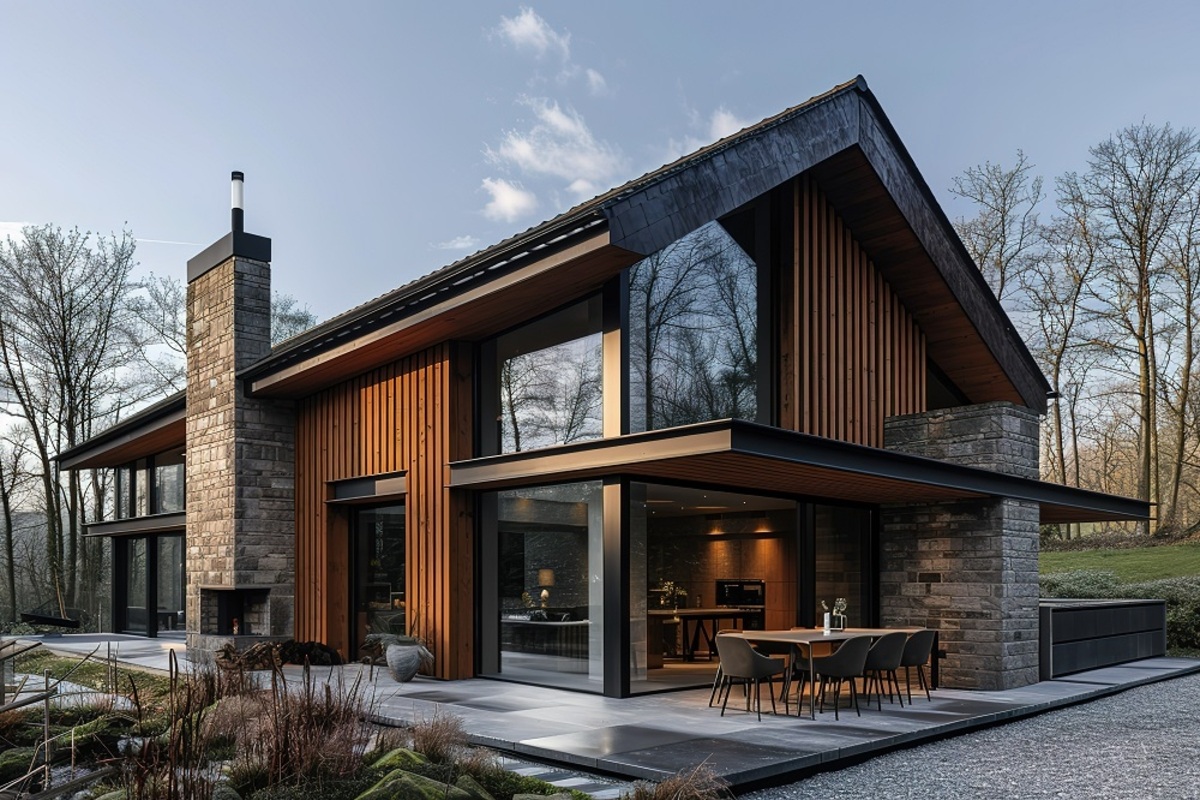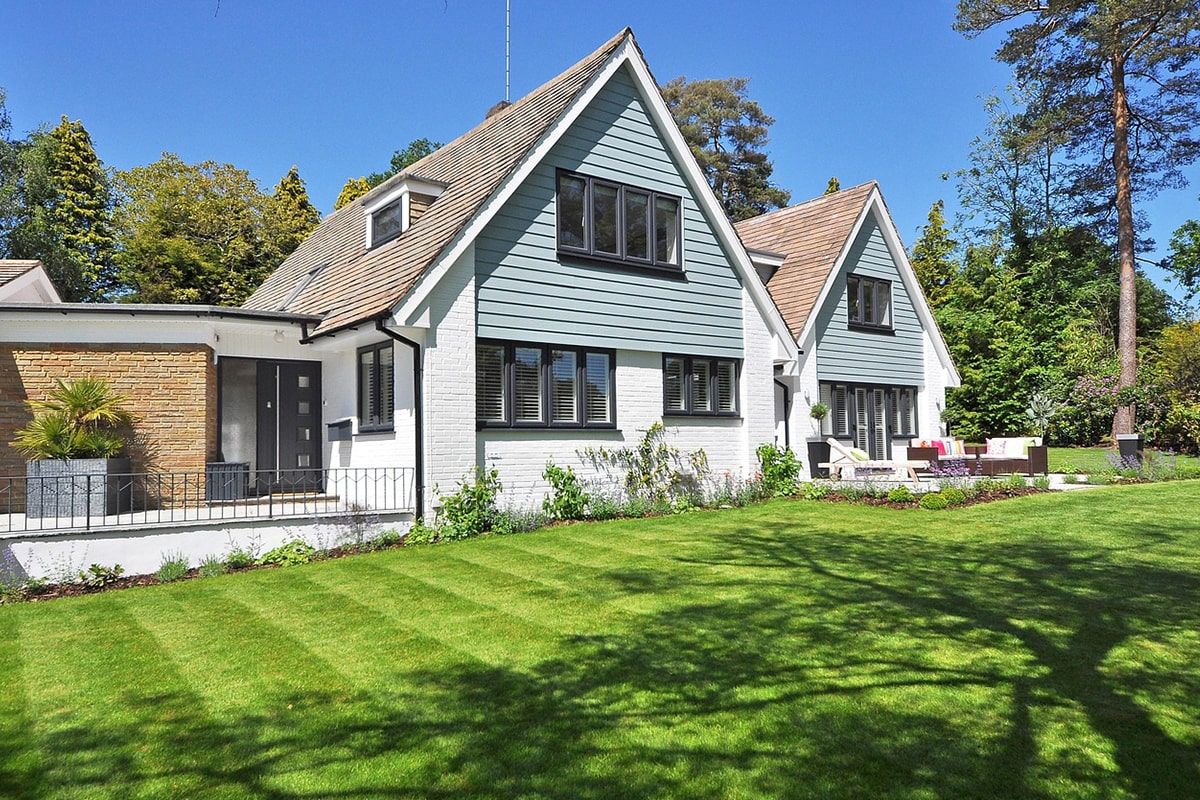A pre-drywall meeting gives you the opportunity to inspect your home’s framing, electrical, plumbing, and HVAC systems before drywall is installed. It’s a key step that helps confirm everything is built to code and according to plan.
At Vaughan Home Builders, we guide homeowners through this walkthrough to catch potential issues early. With our team and inspectors present, you can verify important details and feel confident before moving to the next stage of construction.
Why is the Pre-Drywall Meeting Important?
The pre-drywall meeting is your chance to see everything behind the walls before they’re closed up. It ensures that:
- Your home’s structure, including framing and bracing, is up to code.
- Electrical, plumbing, and HVAC systems are properly installed.
- Any framing issues, such as bowed or misaligned studs, are identified and corrected.
- Safety measures, including nail plates over wiring, are in place.
- Any required corrections are completed before proceeding with the next phase of construction.
By addressing these issues early, you avoid costly repairs down the road and ensure that your home meets the highest standards of quality.
What to Expect During a Pre-Drywall Meeting
1. Inspection and Correction Process
A licensed inspector will thoroughly examine your home to confirm it meets all building codes. This includes checking:
- Structural bracing and support beams.
- Placement and security of mechanical systems.
- Wall framing to ensure straight, even surfaces.
If any defects, such as bowed studs caused by weather conditions, are found, they are either straightened or replaced. If a wall cannot be easily corrected, it may be “furred out,” meaning it will be adjusted outward to create a straight surface for drywall installation.
2. Checking Mechanical Systems
HVAC Systems
Our licensed HVAC professionals ensure that the ductwork is properly installed and that the system is the right size for your home. Typically, we install 200-amp electrical boxes, but if a home requires more power, we can add sub-panels.
Electrical and Plumbing Systems
During the pre-drywall meeting, we verify that:
- Electrical wiring is properly routed and secured.
- There are nail plates where wires pass through studs to prevent accidental puncturing.
- Plumbing lines are securely in place and properly sized.
- Electrical boxes, outlets, and switch placements match the floor plan.
3. Role of Subcontractors and Inspectors
Our subcontractors play a vital role in ensuring quality workmanship. Inspectors review the work with our team, making sure that all materials and systems meet the necessary specifications.
Common checkpoints include:
- Proper spacing of framing components.
- Correct insulation and moisture barriers.
- Secure fastenings on structural elements.
Any issues found at this stage are addressed before drywall goes up, ensuring long-term durability and performance.
4. Final Inspection and Approval
Before moving forward with drywall installation, a final check ensures that:
- All corrections have been made.
- Structural components are properly aligned.
- All mechanical systems are secure and ready for final installation.
Once the home passes this inspection, drywall installation can begin, bringing your home one step closer to completion.
Preparing for Your Pre-Drywall Meeting
To make the most of your pre-drywall meeting, we recommend:
- Reviewing your contract and construction plans in advance.
- Bringing a checklist of any questions or concerns.
- Taking photos for future reference.
- Walking through the home carefully to verify outlet, switch, and plumbing locations.
In Summary
A pre-drywall meeting is a critical step in the home-building process, ensuring that all elements of your home are properly installed before being covered by drywall. At Vaughan Home Builders, we take this step seriously, working alongside inspectors and subcontractors to guarantee quality construction.
Contact us today to learn more about our process and how we can help you build a home that meets the highest standards.


